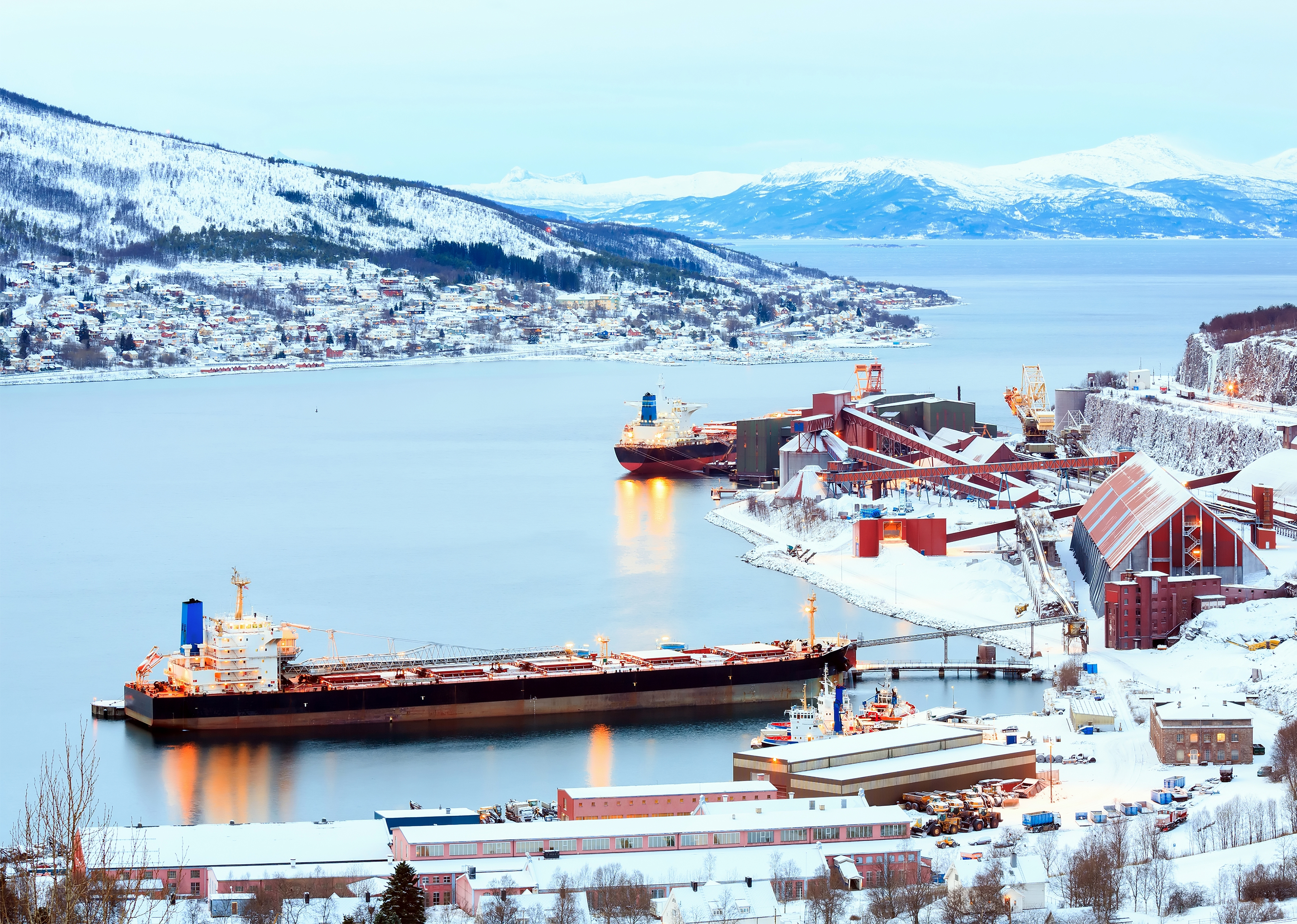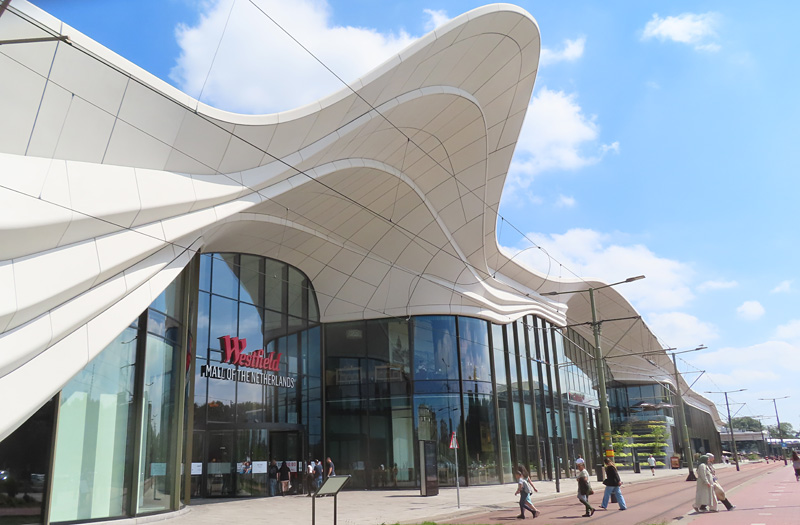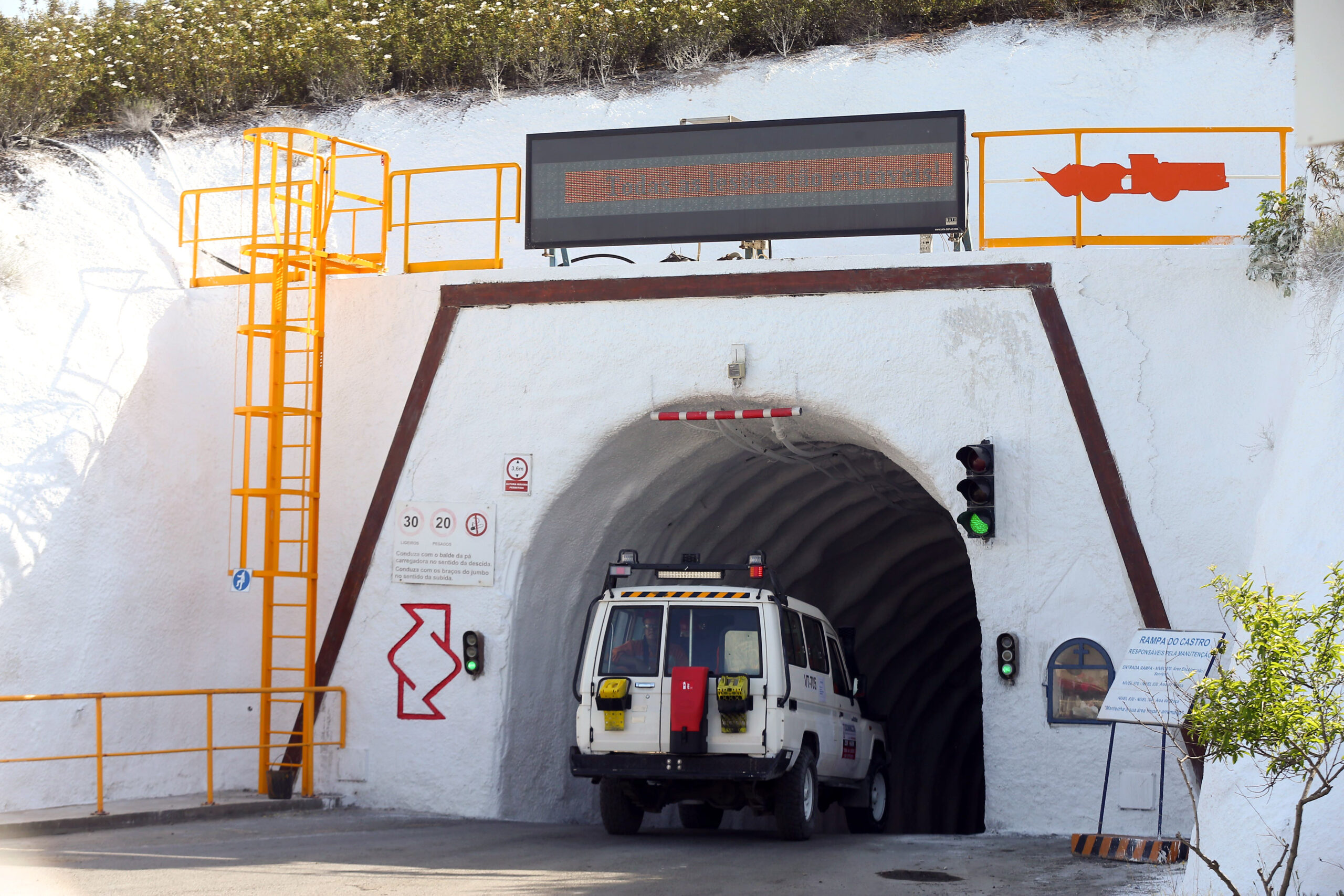
Measuring approximately 1,850 kilometres in length and with a width varying between from 370 to 805 kilometres, the Scandinavian Peninsula is one of Europe’s largest. Covering Norway, Sweden and most of northern Finland, the Peninsula we see today has been shaped through history by the impact of various Ice Ages, events that have deepened its river valleys, created the famous fjords of Norway and left only a small percentage of the land arable.
The crystalline substrate of the land and absence of soil in many places have consequently exposed vast mineral deposits of metal ores, such as those of iron, copper, nickel, zinc, silver, and gold, the most valuable of which being the deposits of iron ore found in North West Sweden. It was the discovery of such deposits that brought about the building of a railroad from North West Sweden to the seaport of Narvik in Norway. From Narvik the iron ore could be exported by ship for smelting into iron and steel in other European countries, including Germany, Belgium and the United Kingdom.
To this day, Sweden, Finland and Norway remain among Europe’s elite mining nations. Indeed as of December 2009, Sweden was noted to have had a total of 879 active deposits, while Finland and Norway possessed 343 and 160 deposits respectively.
Sweden’s mining legacy dates back more than one thousand years with the country today one of the European Union’s (EU) largest ore and metal producers, and far and away its largest iron ore producer. Indeed almost 90 percent of the EU’s iron ore mining takes place in Northern Sweden. The country, together with Finland, also contributes significantly to Europe’s total production of gold, silver, zinc, copper and lead.
As of 2008, the production value of mining and quarrying in the Swedish part of the Barents region alone was estimated as being 2.5 billion euros, a figure that is equivalent to 66 percent of the country’s total mining production. In addition to iron ore, the active exploration for and development of Sweden’s substantial base metal and gold deposits means that mining is a direct contributor to roughly 0.3 percent of the country’s annual GDP.
Unsurprisingly, given its long and successful history, Sweden’s mining sector also plays a leading role in metallurgical research and development, as well as in the development of advanced and ecological underground mining.
Much like its neighbouring country, Finland also has a long history for hosting mining operations. Copper, nickel, cobalt, zinc and lead ores as well as chromium, vanadium and iron deposits have provided raw material for the country's metal industry for a number of years, with significant processing and refining of copper and nickel concentrates occurring at Harjavalta, zinc at Kokkola, chromium at Kemi, and iron at Raahe.
Finland has excellent geological databases, good infrastructure and readily available exploration services. These factors make operating in Finland attractive and cost effective, with present activity concentrated in gold, platinum group metals, base metals, diamonds and industrial minerals.
Since Finland became a member of the EU in 1995, it has enjoyed a constant exploration interest and this increased interest and seen the number of people working within the mining sector steadily expand also. Between the year 2000 and 2008 there was a near 30 percent increase in the number of people employed directly by mining and quarrying companies, taking the number up to almost 1,400 people. Furthermore, figures taken at the end of 2008 showed that almost 67,000 people were employed with companies involved in the manufacturing of metals, machinery and equipment, areas that are all very much dependent on the success of Finland’s mining sector.
In the years to come the level of activity within the mining industry across the Scandinavian Peninsula is expected to increase significantly. The continuous demand on the global mineral and metals markets has even led to some analysts to suggest that Sweden alone could triple its mining production by 2025, creating as many as 50,000 new jobs.
Such a scenario would see Swedish iron ore production more than tripling to some 90 million tonnes annually, while volumes for other minerals could conceivably double over the same period of time as continued exploration generates additional deposits. This would create a mining sector capable of generating between three and five percent of GDP growth.
If such events do unfold in not only Sweden but also across its fellow Scandinavian nations, and there is little reason to doubt that they could, then the region stands to play a hugely important role within the mining world for many years to come.













